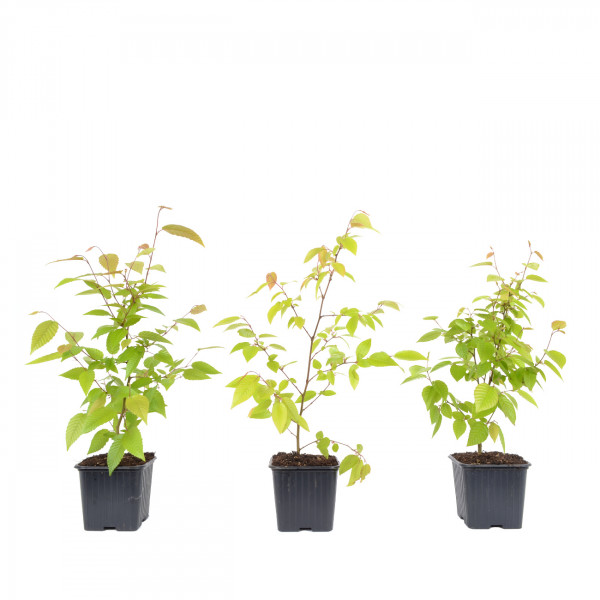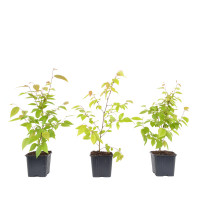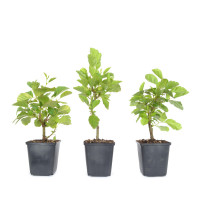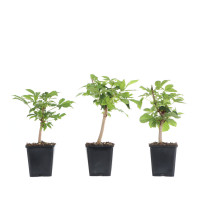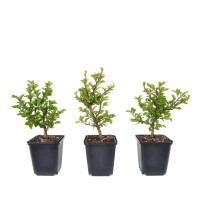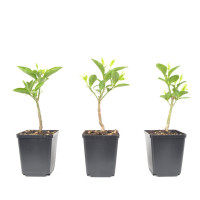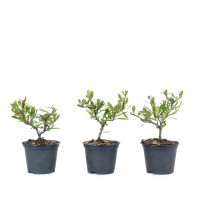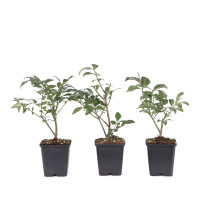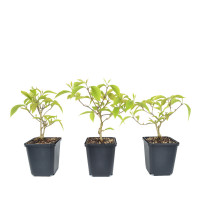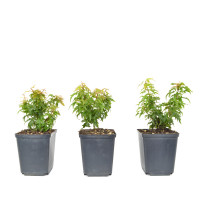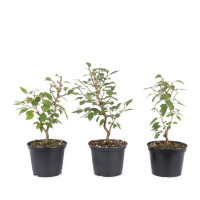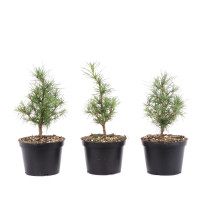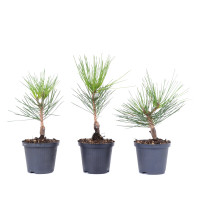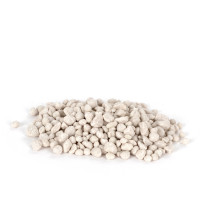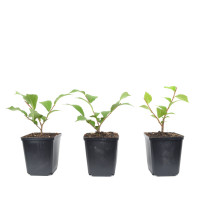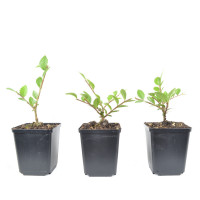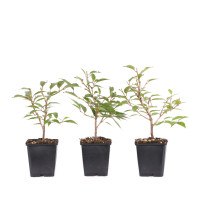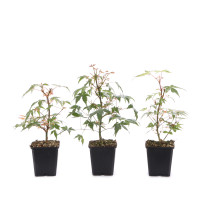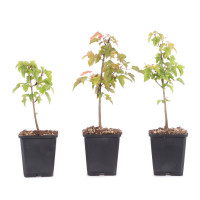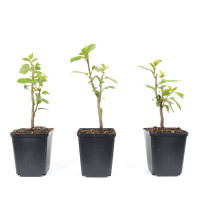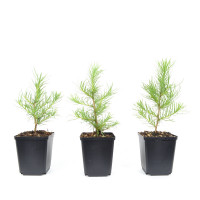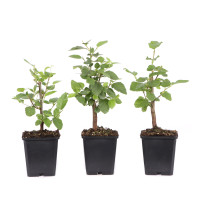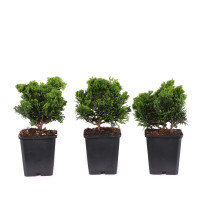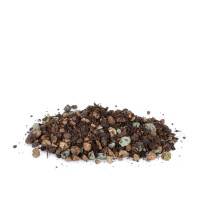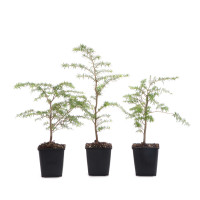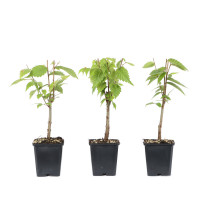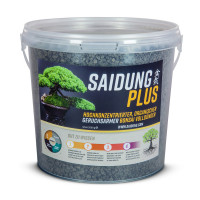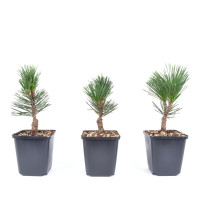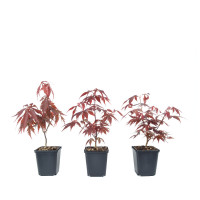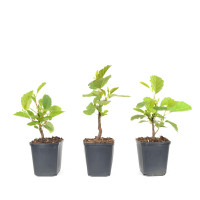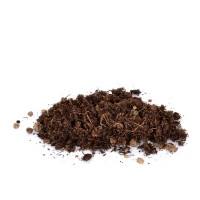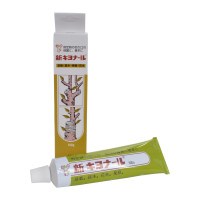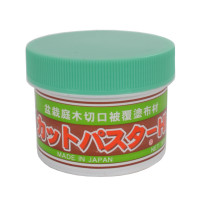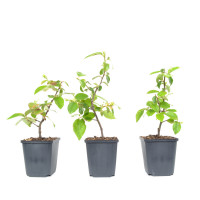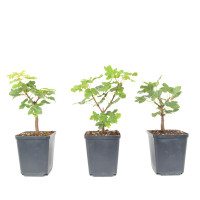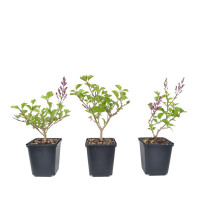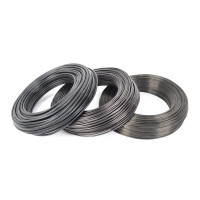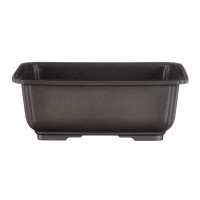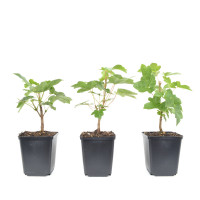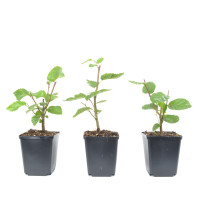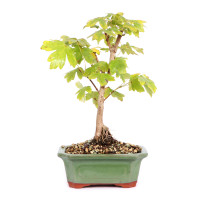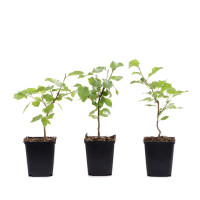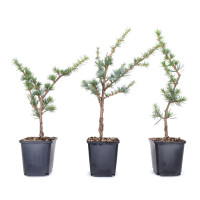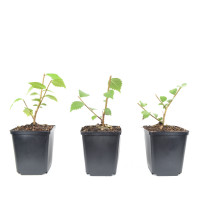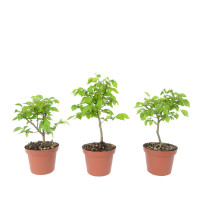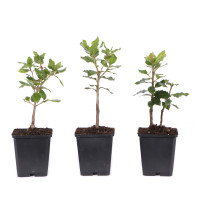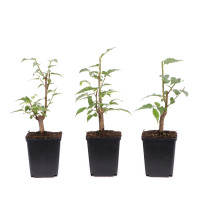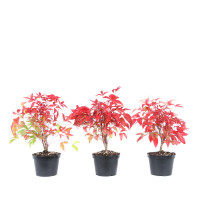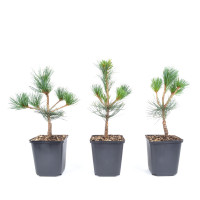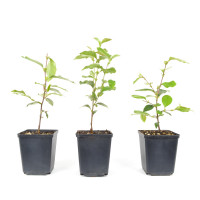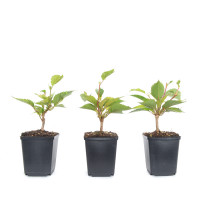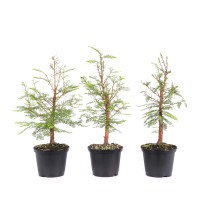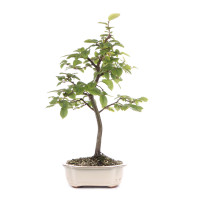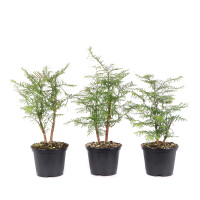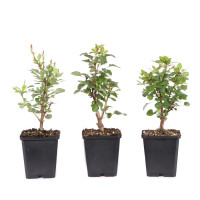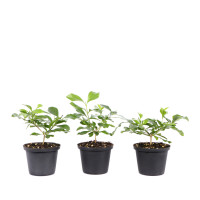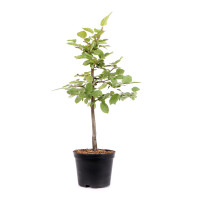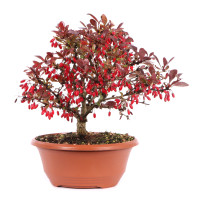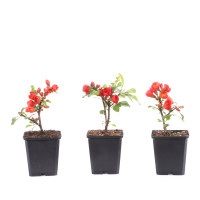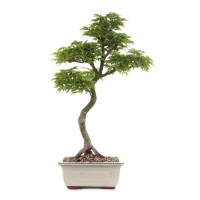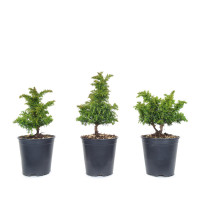- Order number: 1190-03-T
- Height: ca. 15 - 20 cm (no pot)
- Foliage: deciduous
- Bonsai Pot: plastic pot
- Age: 3 years
- Characteristics: attractive autumn colour
- Origin: Germany
- Product contents: You will get a similar plant
Carpinus turczaninowii - Korean Hornbeam
General:
The Korean hornbeam is native to China, Korea, and Japan. It grows like a shrub or as a small tree with a lot of branching. The leaves are significantly smaller and finer than those of the European hornbeam. The autumn color is very intense and varies between pure yellow and red-orange. The leaves then turn brown and stay on the tree through the winter. This represents a natural protection against evaporation.
Care as a bonsai:
Like all hornbeams, the korean hornbeam likes to be in full sun. In winter it only needs light protection. Hornbeams up to the age of 10 years do best in a soil made up of organic and mineral components. A mineral soil makes more sense for older hornbeams. The Korean hornbeam can be pruned and wired very well in winter. After that, however, you should overwinter them as frost-free as possible. After the expulsion, the wiring must be checked regularly so that the wire does not grow in. Due to the smooth bark, the scars might always remain visible. Often, however, the design succeeds solely through skillful trimming. In the further course of the year, only shoots that have become too long are shortened to the desired length. In extreme heat, it is advisable to place the plant a little more shady to avoid leaf burns.
The plants preferred for bonsai cultivation are sometimes very small-leaved and are often referred to as Carpinus coreana. This is not a valid species name, but it is likely that the plants are actually a subspecies of the species ‘turczaninowii‘.

